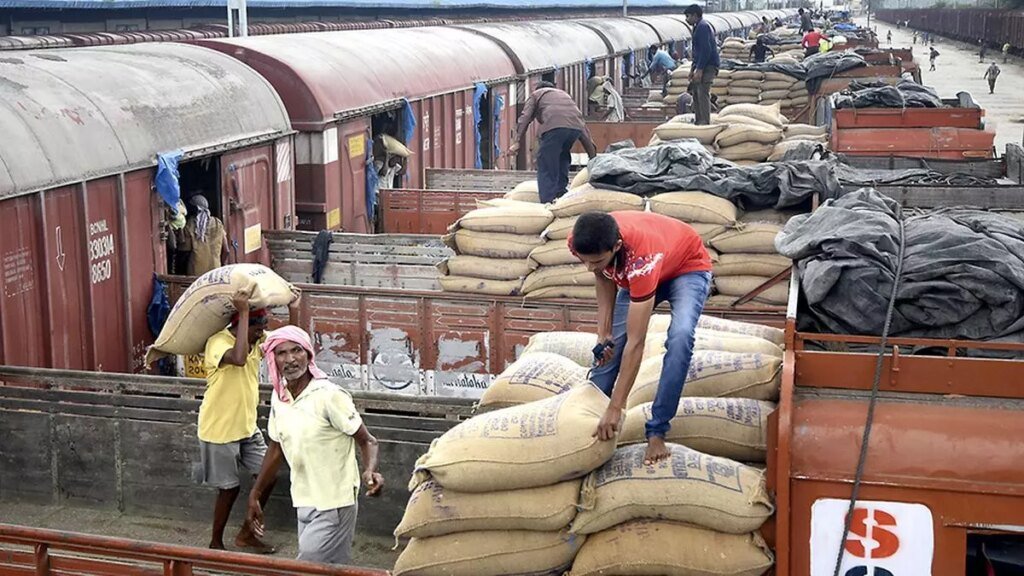Rail Budget’s capex boost welcome, but concerns remain

The recent years have seen a major transformation in Railways’ finances. The Centre has stepped up its gross budgetary support to the Railways, bringing down the latter’s reliance on external borrowings. A 77 per cent increase in capex over the last five years, culminating in ₹2.6 lakh crore in FY24 is geared towards modernisation of passenger and freight services. This effort to raise Railways’ modal share in freight transport (barely 30 per cent now, against 52 per cent in 2007-08) will take time to bear fruit.
The Budget rightly steps up support at ₹2.55 lakh crore for FY25, against ₹2.43 lakh crore in FY24 (with external borrowings pegged at ₹10,000 crore this fiscal, against ₹17,000 crore last year), but the issue is whether there should be some benchmarks on returns to investment and project execution. For now, there are no signs of a turnaround in freight earnings. A 6 per cent growth projection in goods earnings, from ₹1.64 lakh crore last fiscal to ₹1.74 lakh crore in FY25 seems underwhelming — particularly when viewed against the fact that the revised estimate for FY24 was way below the Budget projection of ₹1.75 lakh crore, the same as the target for this year.
A projected 9.5 per cent increase in passenger earnings at ₹80,000 crore suggests that freight services are under a little less pressure to subsidise passenger travel. But the Railways must attract higher freight volumes, even as it positions itself as a high end passenger travel option. According to an analysis by PRS, the share of the Railways in the movement of cars has increased from 1.5 per cent in FY14 to over 16 per cent today. However, the share of coal in freight volumes remains unchanged at 43 per cent over a decade, with iron ore and cement making up 15 per cent and 9 per cent, respectively, while containerised volumes remain flat at 7-8 per cent. While the development of Gati Shakti terminals and dedicated freight corridors is expected to lift high value traffic movement, it is worth asking whether multi-modal connectivity can be improved in other ways. CAG audits on execution of projects must be taken seriously. Apart from a freight turnaround, safety is a concern. There has been an increase in investment in new lines, rolling stock (passenger coaches), but less so in signalling and communication works and track renewals.
The Railways, simply speaking, cannot fund its capital needs. Its revenues just about cover its operating expenses of ₹2.75 lakh crore with about ₹2,800 crore to spare. The Budget will have to provide for capital outlay, unless the Railways pitches in with better revenues. There are no easy solutions to reducing the salaries and pensions burden, accounting for two-thirds of the operating expenses. Indeed, the Railways needs critical safety personnel. Finally, investing in Railways brings an economic rate of return, but efficiencies in managing physical and human resources are important.








